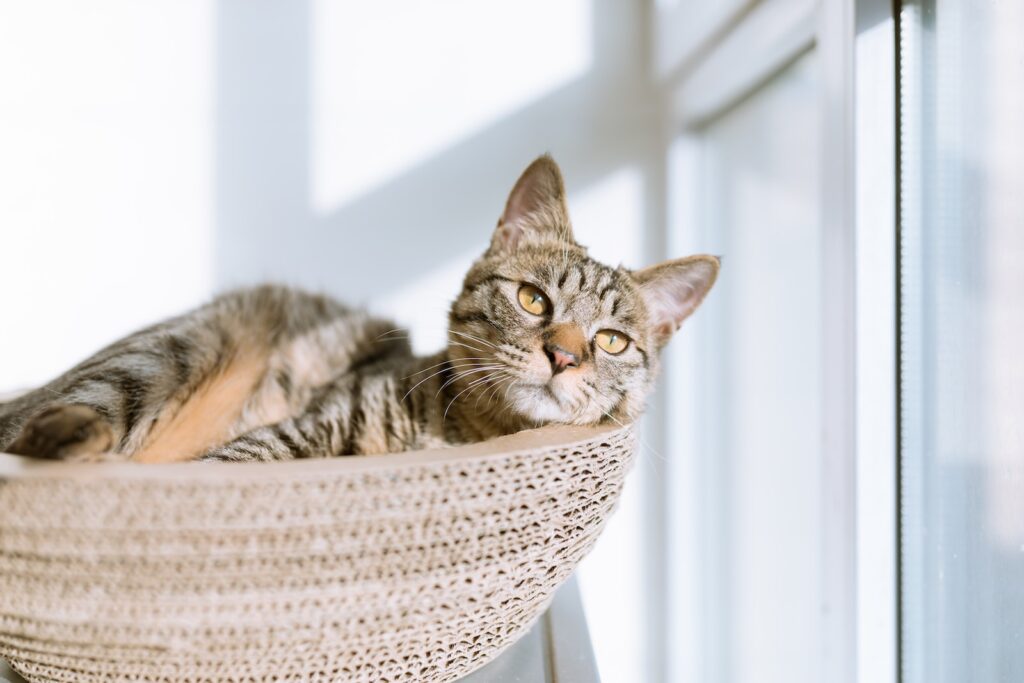Can Cats Eat Prawns? — Yes, They Can
When it comes to treating our feline friends, prawns can be a delightful addition to their diet. Cats can indeed eat prawns, and in moderation, they can enjoy the benefits of this seafood.
Can Kittens Eat Prawns?
Yes, kittens can also eat prawns, but it is important to introduce this food gradually and in small portions. Their developing digestive system needs time to adjust to new ingredients.
Things to consider when feeding prawns to kittens?
It is crucial to ensure that the prawns are properly cooked, devoid of any seasoning or additives that may be harmful to the kittens. Start by offering a tiny piece and observe for any adverse reactions or digestive issues.
Nutritional Benefits of Prawns for Cats — Why Prawns are Good for Cats?
1. Protein Content
Prawns are an excellent source of lean protein for cats. Protein is vital for their overall health, supporting muscle growth and tissue repair.
2. Omega‑3 Fatty Acids
Prawns contain omega‑3 fatty acids, which are beneficial for cats. These essential fats promote healthy skin, a shiny coat, and support cognitive function.
3. Vitamins and Minerals
Prawns are rich in vitamins and minerals like vitamin B12, phosphorus, and selenium. These nutrients contribute to various bodily functions, including immune system support and energy production.
4. Low in Fat
Prawns are relatively low in fat, making them a suitable treat option for cats who need to watch their weight. However, it’s essential to keep portion sizes in check to maintain a balanced diet.
5. Hydration Support
Prawns have a high moisture content, aiding in hydration for cats who may not drink enough water. This can be particularly beneficial for cats prone to urinary tract issues.
Potential Allergies: Can Cats Be Allergic to Prawns?
Cats can develop allergies to prawns, although it is relatively uncommon. It is essential to monitor your cat for any allergic reactions or digestive disturbances after introducing prawns into their diet.
Symptoms of Prawn Allergies in Cats
- Itching or excessive scratching: Cats may excessively groom or scratch themselves after consuming prawns if they are allergic.
- Vomiting or diarrhea: Allergic reactions can manifest as gastrointestinal issues, including vomiting or diarrhea.
- Skin inflammation: Redness or swelling of the skin can indicate an allergic response.
What to Do If Your Cat Shows Symptoms?
- Consult your veterinarian: If you suspect your cat has an allergy to prawns, it is important to seek guidance from a veterinarian for proper diagnosis and treatment.
- Eliminate prawns from the diet: If your cat displays allergic symptoms, avoid feeding them prawns in the future to prevent further adverse reactions.
- Consider allergy testing: In severe cases, your vet might recommend allergy testing to identify specific triggers and develop a suitable dietary plan.
Recommended Amount: How Much Prawns Can a Cat Consume?
The recommended amount of prawns for cats varies based on their size, age, and overall health. As a general guideline, prawns should only account for a small portion of their diet, around 10% or less. It’s important to balance their meals with other essential nutrients from a complete and balanced cat food.
Things to Consider When Feeding Prawns to Cats
It is crucial to feed cats prawns that are free from seasoning, additives, and any potential harmful substances. Additionally, prawns should always be cooked thoroughly to avoid the risk of bacterial contamination.
How to Feed Prawns to Cats: A Quick Guide
Feeding prawns to your cat can be a delightful experience for both of you. Here’s a quick guide to ensure a safe and enjoyable meal:
Prawn Salad
Create a simple prawn salad by mixing cooked, cooled prawns with a small amount of plain yogurt or mashed steamed vegetables like peas or carrots. Serve in small portions as an occasional treat.
Prawn Topping
Sprinkle small, finely chopped cooked prawns as a tempting topping over your cat’s regular meal. This adds a burst of flavor and excitement to their daily food.
Prawn Broth
Boil prawns in water and separate the liquid to create a tasty prawn broth. You can pour a small amount over your cat’s food or freeze it in ice trays for a refreshing treat on hot days.
Conclusion
Prawns can be a safe and enjoyable addition to a cat’s diet. They offer valuable nutritional benefits, particularly their protein content and omega‑3 fatty acids. However, it is crucial to introduce prawns gradually and monitor for any allergic reactions. Remember to keep portion sizes small and ensure the prawns are properly cooked. By following these guidelines, you can treat your feline friend with prawns while prioritizing their health and well-being.






